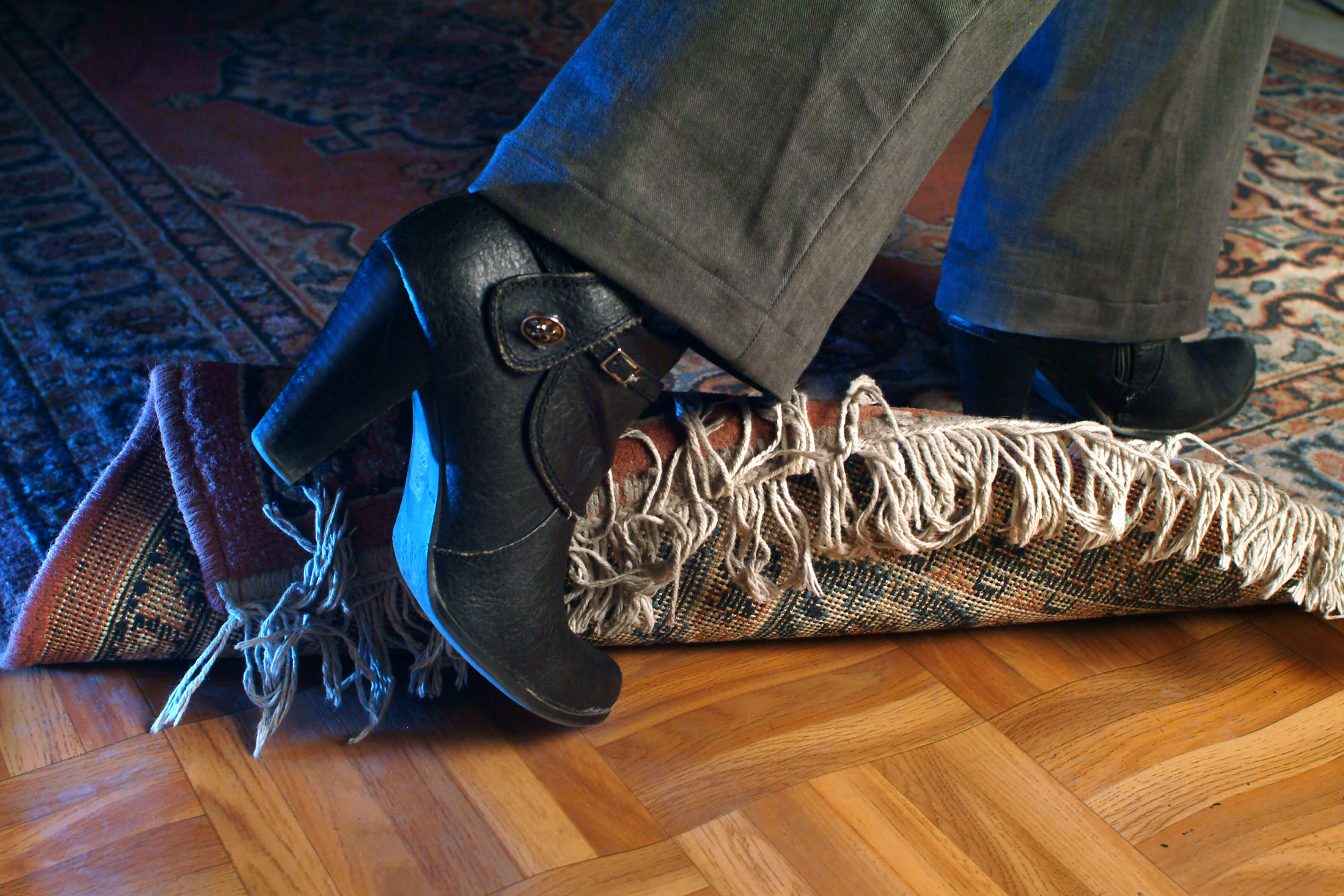The Safety Dance: Our data on dancing-related injuries

Let's dance - the new season of Dancing with the Stars New Zealand is starting and with it, it brings renewed enthusiasm for dance. Here's some tips to prepare.
Dancing: it’s fun to watch, and even more fun to do.
It’s also the seventh most popular recreational activity in New Zealand. And it’s no wonder, given its positive benefits for physical, mental, and social wellbeing.
With a new season of Dancing with the Stars New Zealand comes a renewed enthusiasm amongst old and new dancers alike.
Dancing can be exhilarating, but our data shows sometimes you can miss a step and end up worse for wear. But this shouldn’t stop you from shaking your groove thing – in fact, there are ways you can prepare and put your best foot forward.
Topping the charts
We looked at our information on injury claims to see just how Kiwis are dancing their way into our claims data.
In the year to July 2018, there were 9,019 new claims lodged for dance-related injuries. The active costs of these claims were $7.5m.
In terms of dance styles, we chose ballet, hip-hop, and ballroom as examples and looked at the injury claims received for each.
Ballet
We found ballet had the most claims of the three, at 427 claims in the year to July 2018.
The most common injuries sustained were with the ankle, knee, and foot.
Hip-hop
Hip-hop dance injuries meanwhile resulted in 141 claims for the same period.
Dancers of this style most often submitted claims for back/spine, knee, and ankle injuries.
Ballroom
Ballroom dancing had 42 injury claims lodged, and were for back/spine, knee, and neck/back of head injuries.
Other facts
Interestingly, there were a handful of injuries (or four, to be precise) over the last five years resulting from ‘twerking’, a popularised form of hip-hop dancing.
Most injuries happened at sports or recreation centres (4,699 in the year to July 2018), at home (1,771), while a handful of injuries (less than five) happened on the farm.
Most dance-related injury claims were for sprains or strains.
Let’s dance
Dance Aoteroa New Zealand (DANZ) says there is proven interest in dancing generated from television series Dancing with the Stars.
“We see a combination of people who have danced previously, but have hung up their dancing shoes, to people who have never danced before and are inspired to give it a go,” says DANZ.
“More people want to learn dance, particularly in couple dancing, ballroom, salsa, tango, and modern jive, which are the genres featured in the show.”
If you’re doing any kind of recreational dance, DANZ’s advice is to prepare well.
“In the case of recreational dancers, given that most of their dance activity will happen in the evening, after a hard day at work, the risk of injury is increased with cold and stiff muscles. Too often people begin their dance session with no preparation.
“Another common problem is when people begin their dance session with severe stretching, without first warming up the body. This increases the risk of injury and is not good practice.
“But the positive benefit of strengthening, fitness, core body strength and better balance which comes from dance, far outweighs the injuries.”
More information
DANZ have resources available if you’re interested in getting involved in dancing at any level. You can also read more about warming up, cooling down, and stretching.
Dance Aotearoa New Zealand (DANZ) website



